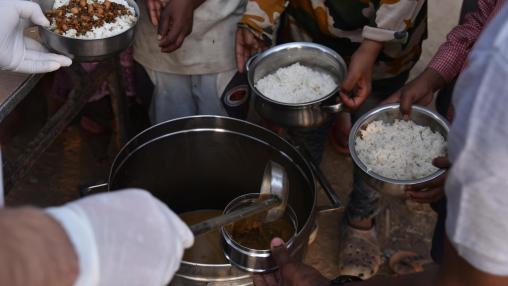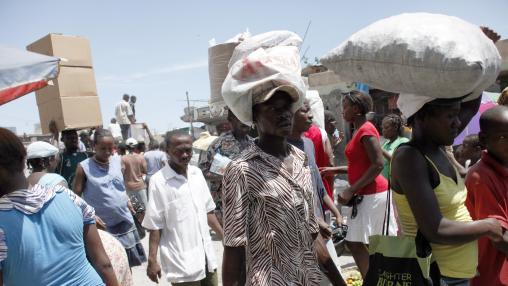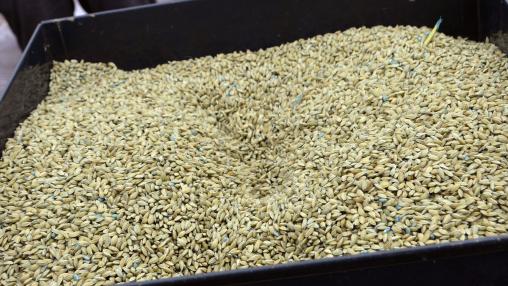Haiti: Acute Food Insecurity Situation for September 2025 - February 2026 and Projection for March - June 2026
Food security continues to deteriorate. Out of the 5.7 million people facing high levels of acute food insecurity, classified in Crisis or worse (IPC Phase 3 or above), 17 percent of the population (1.9 million people) are facing Emergency levels of acute food insecurity (IPC Phase 4), characterised by large food gaps and high levels of acute malnutrition. An additional 3.8 million people (34 percent of the population) face Crisis levels of acute food insecurity (IPC Phase 3).
The situation in Haiti is a complex, multi-dimensional crisis, marked by an economy that has been in steady decline for several years—recording economic recessions for the last six years—and attacks by armed gangs that have led to massive population displacements and the deterioration of livelihoods. Data from the International Organization for Migration (IOM) indicates that approximately 1.3 million people are now internally displaced in Haiti, a 24 percent increase compared to December 2024. Between June and July 2025, the number of internally displaced person (IDP) sites increased from 246 to 272. This increase is mainly due to displacement caused by armed attacks in the Centre department since April 2025.
Haiti: Acute Food Security Situation Projection Update for March - June 2025
Out of the 5.7 million people facing high levels of acute food insecurity—the highest number in recent years—over 8,400 people living in displacement camps are experiencing catastrophic hunger in IPC Phase 5 (Catastrophe). An additional 2.1 million people, representing 19 per cent of the analysed population, are in IPC Phase 4 (Emergency), facing critical food insecurity, while 3.6 million people (32 per cent) are classified in IPC Phase 3 (Crisis).

The World Continues to Grapple with Acute Food Insecurity: 2024 Global Report on Food Crises Released
Hunger continues to rise across the globe, with nearly 282 million people facing acute food insecurity in 2023, according to the 2024 Global Report on Food Crises (GRFC). This number is up by 24 million from 2022, marking the fifth consecutive year that food insecurity has risen.

Central America and Caribbean Facing Rising Food Insecurity
IPC Phase 2 through 4 (Stressed through Emergency) food insecurity is expected to continue in Central America and the Caribbean through September, according to an alert from FEWS Net.
IPC Haiti - September 2020

Nutritional Impacts of Rising Food Prices
2006-2008 saw dramatic increases in the price of many staple food items, particularly maize, rice, and wheat. These staple commodities form the bulk of the diet of the world’s poor populations, many of whom spend over one-half of their income on food. The result in many areas of the world was worsening poverty for already poor populations due to a decline in purchasing power. While much attention has been given to the economic impacts of the rise in food prices, little empirical research has been conducted to examine the nutritional impacts of the food crisis.